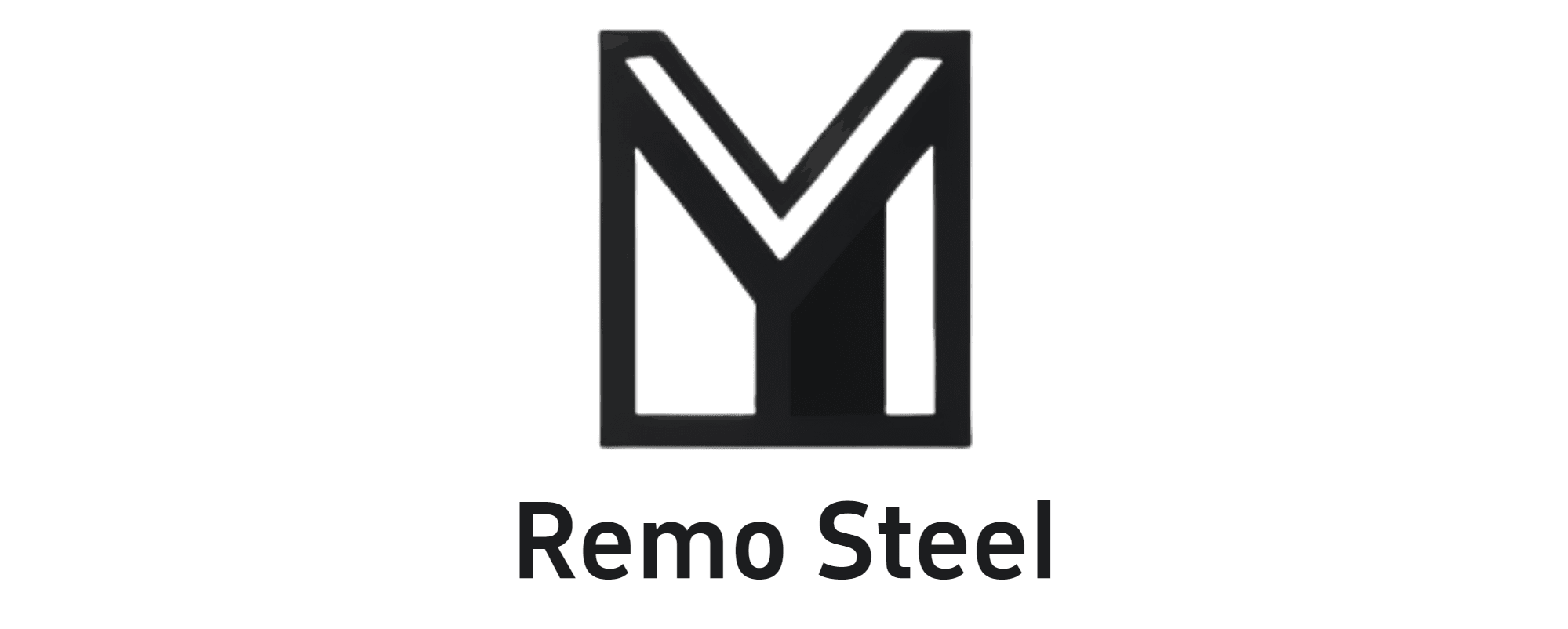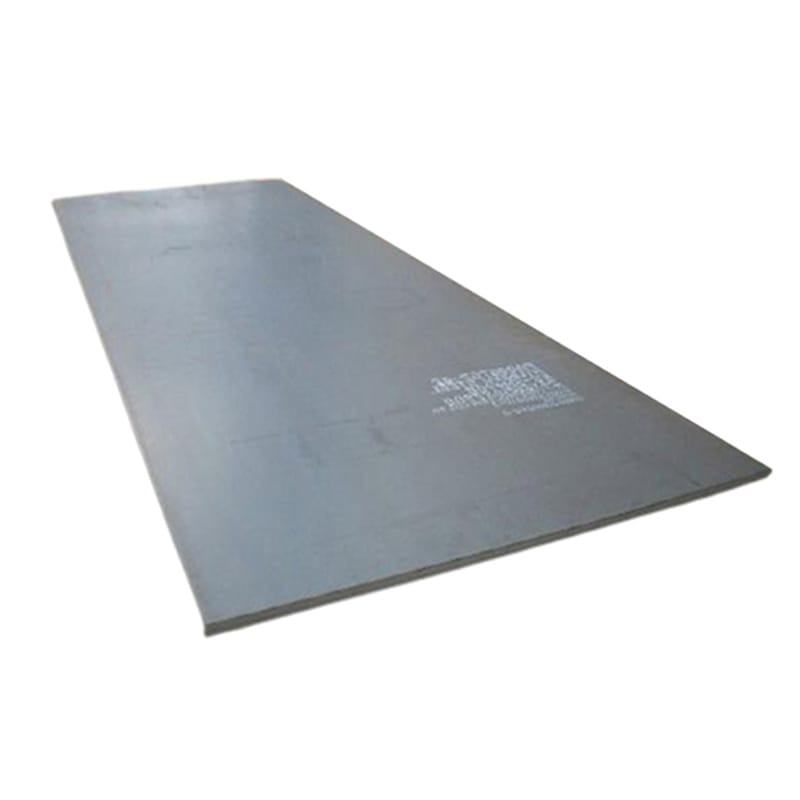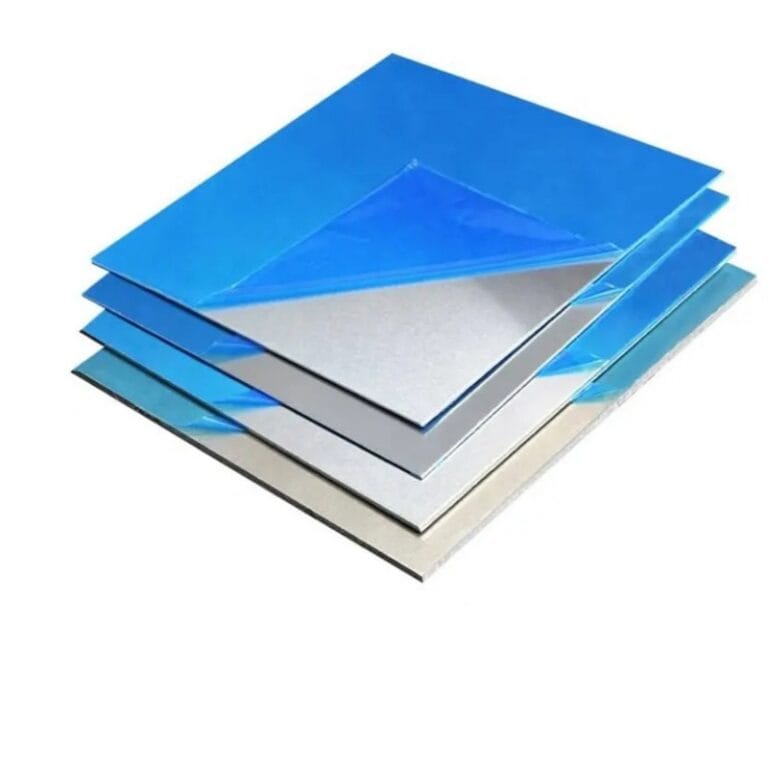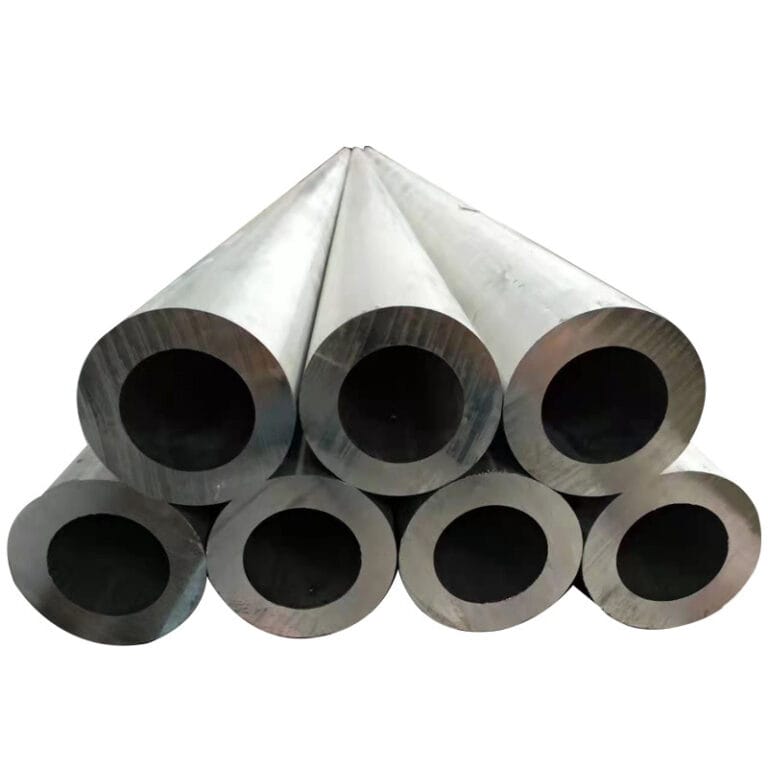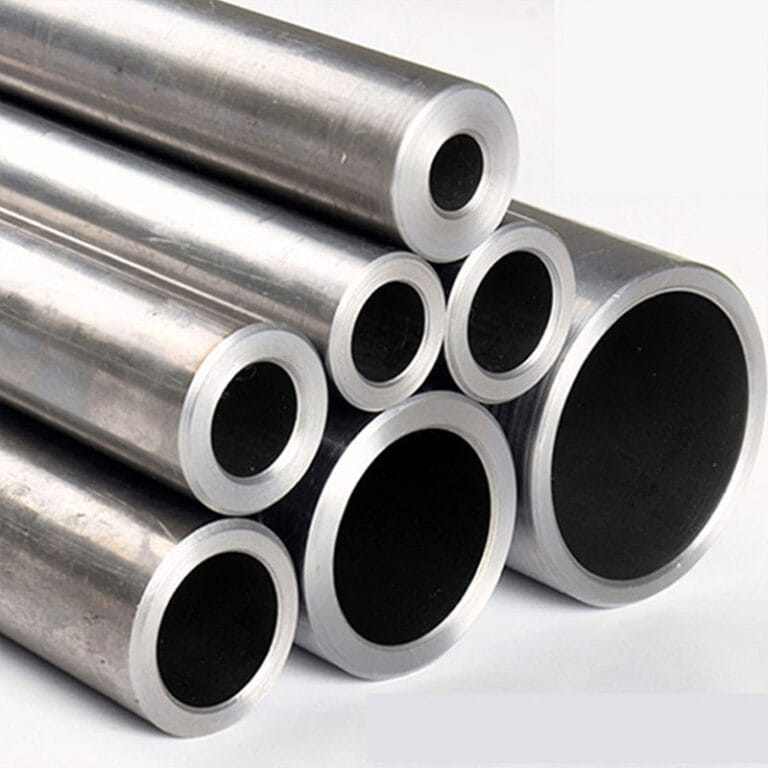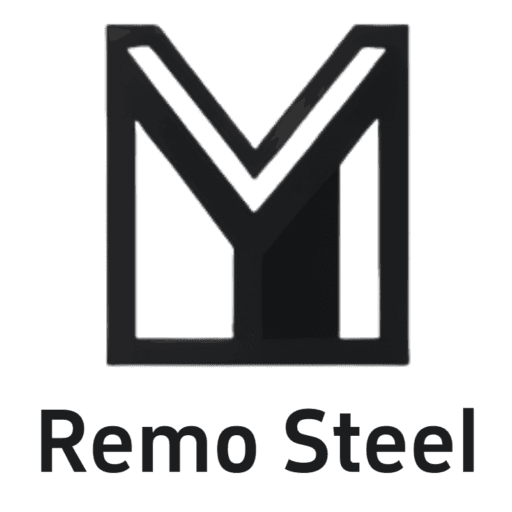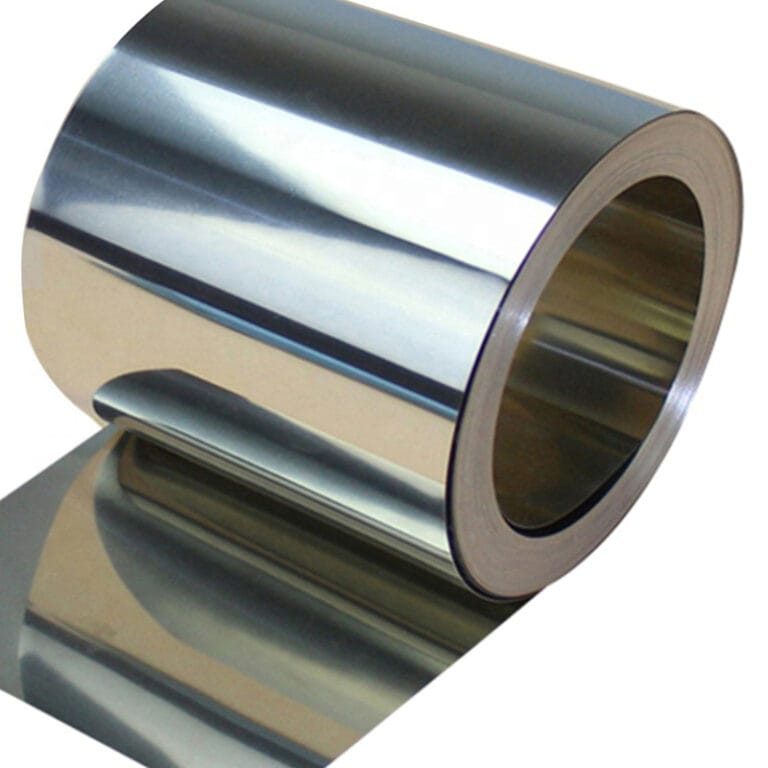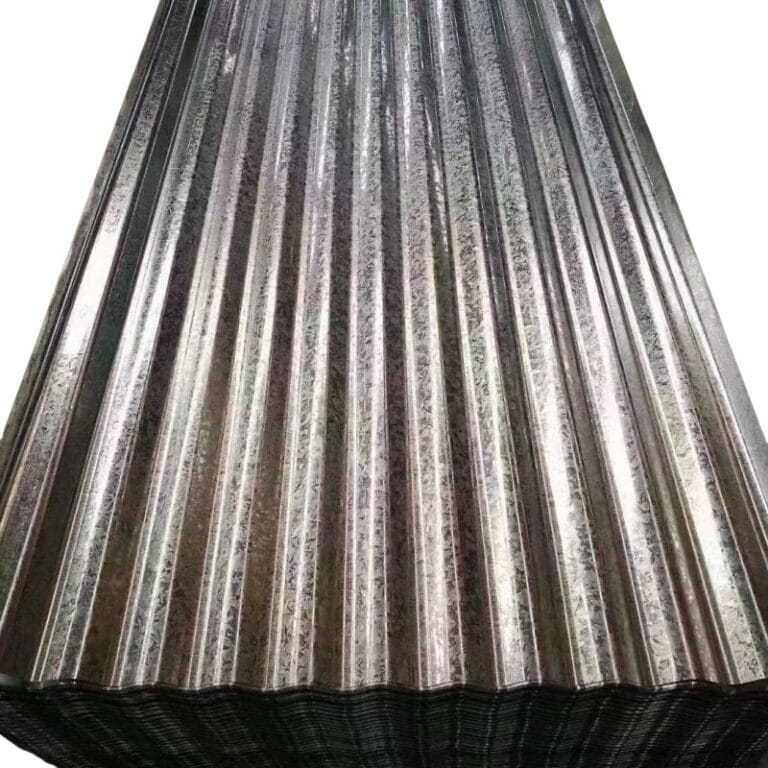Carbon Steel Plate
Carbon steel plate is a steel plate with carbon as the main alloying element, and the carbon content is usually between 0.05% and 2.0%. Its performance mainly depends on the carbon content. The higher the carbon content, the greater the hardness and strength, but the plasticity and toughness will decrease.
Main features
High strength: As the carbon content increases, the strength increases accordingly.
High hardness: Suitable for occasions requiring high hardness.
Low plasticity and toughness: When the carbon content is high, the material becomes brittle.
Weldability: Low carbon steel is easy to weld, and high carbon steel is difficult to weld.
Machinability: Low carbon steel is easy to process, and high carbon steel is difficult to process.
Classification
Low carbon steel: Carbon content ≤ 0.25%, good plasticity, easy to process and weld, commonly used in construction and automobile manufacturing.
Medium carbon steel: Carbon content 0.25%-0.60%, high strength, used for mechanical parts, gears, etc.
High carbon steel: Carbon content ≥ 0.60%, high hardness, used for knives, springs, etc.
Application areas
Construction: used for steel structures, bridges, etc.
Automobile manufacturing: body, chassis and other parts.
Machinery manufacturing: gears, shaft parts.
Tool manufacturing: cutting tools, molds, etc.
Advantages and disadvantages
Advantages: low cost, high strength, good processability.
Disadvantages: easy to corrode, high carbon steel is brittle, poor weldability.
Carbon steel plates have different properties due to different carbon content and are widely used in construction, automobiles, machinery and other fields. When choosing, you need to consider its carbon content and performance according to specific needs.
